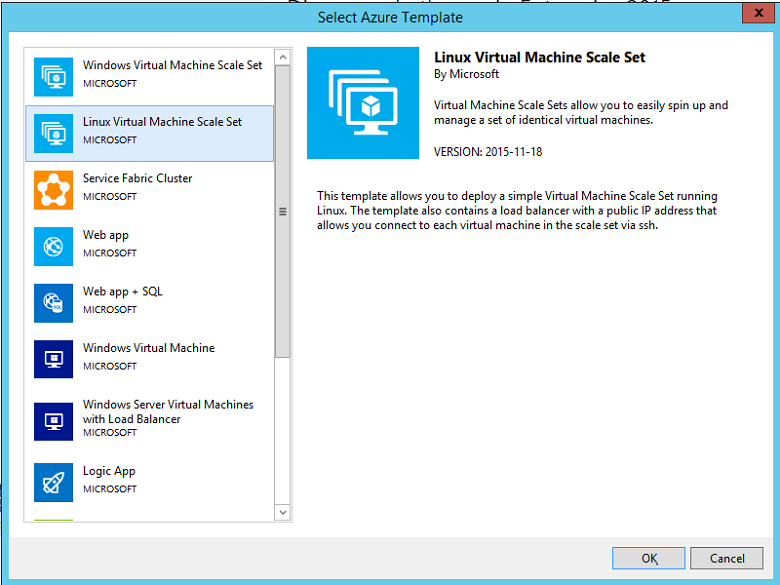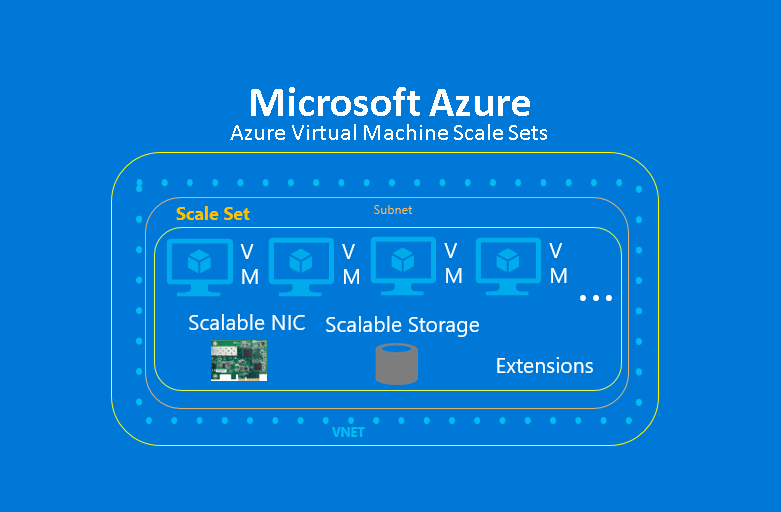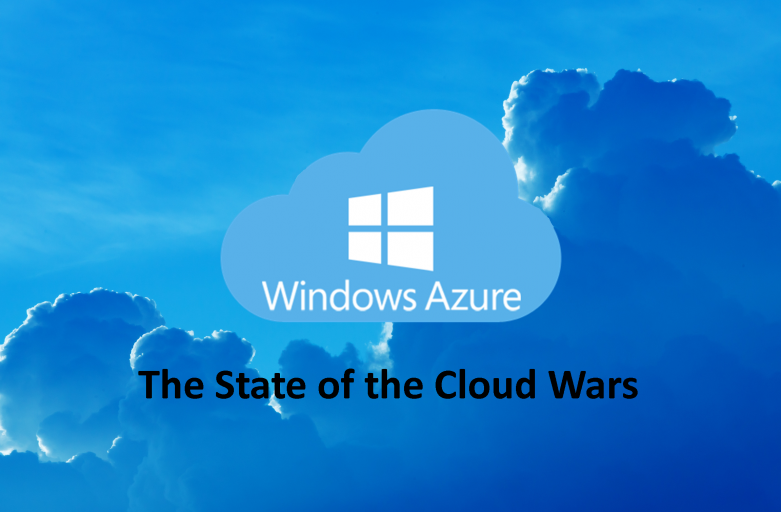Getting a business started from scratch can be difficult, then adding into the equation of your internal infrastructure? Now that can be a real challenge for some, even daunting. Not knowing exactly what specifications you would need at first for servers can be costly, though this can’t be helped as requirements can be grow as you are already in the process of operating. Due to this reason, many have started to use the services of IaaS (infrastructure as a service) providers such as Microsoft Azure.
Elasticity is one characteristic of cloud computing and its biggest benefits. This means that you can either stretch or shrink your cloud service usage at any given time to better fit the needs of your IT workloads. You will be able to seamlessly add or remove virtual servers, storage, network services while paying only for what you use. This benefit is more prominent when you are heavily using applications where work can be divided among multiple identical applications or services running on different machines.
One of its features, Azure Virtual Machine Scale Sets (scale sets for short), is an identical pool of virtual machines running an application you control. Azure has tools for you in which you can build or configure the Virtual Machines (VM) the way you want it and also taking control of how many you have at any time. With scale set, you can have an on-demand fleet of VMs doing whatever work needs to be done but will grow or lessen whenever you need it to or if it reaches a certain parameter you’ve stated.
Scale Set fundamentals
“Cattle versus pets” is a popular metaphor of cloud scaling, which is often credited to a former Microsoft architect Bill Baker. If servers are like pets, each one is lovingly raised, tended to carefully and even individually named while even being nursed back to health when they are sick. If they are treated as cattle than they are all interchangeable and do not need to be given names, and when they get sick you get rid of it and get another one. In a way, scale sets give you a way to clone a herd of “cattle” which you are able to choose its size and breed at any given time at the cost of the herd being identical.

Something important to remember about Azure scale sets is that they are identical VMs. This means that you can customize the first in the herd, but the rest will be exactly like the first. There are multiple ways to define your scale set, through the Azure portal, manually via Powershell or the Azure command-line tools, and through an Azure Resource Manager (ARM) template. From this definition, Azure will know what size VM instance you would like to use, its name, quantity of machines in the set, etc. You can customize the VM used by the scale set to include your application in three ways: by creating a completely customized VM image and supplying it to Azure, by taking a prebuilt Windows or Linux image and installing your application when the scale set is started, or by customizing the image to include container software and then loading the application container when the scale set is started, each having its benefits.
For a more in-depth read on how Azure Virtual Machine Scale Sets works, you may visit the link or contact us directly at 893-9515!


